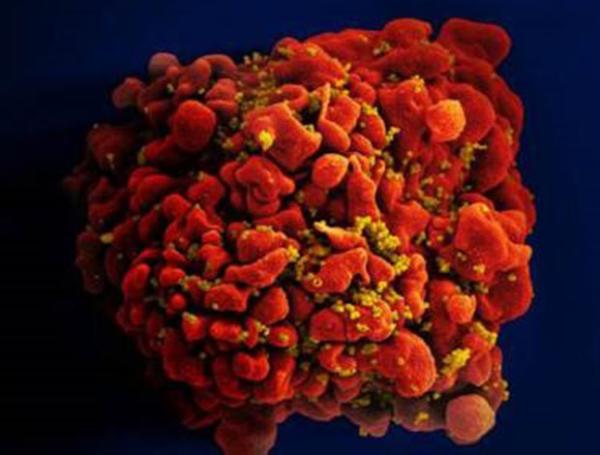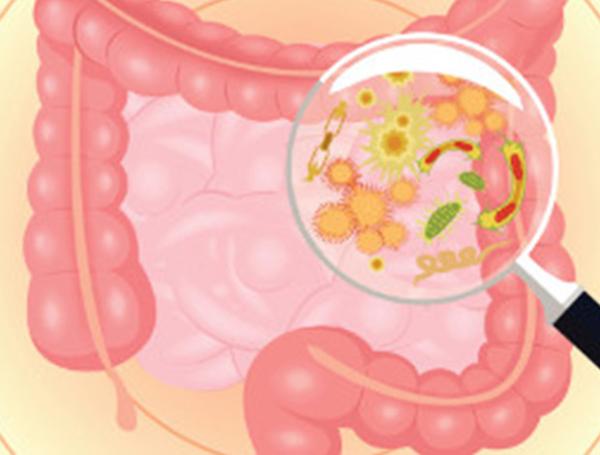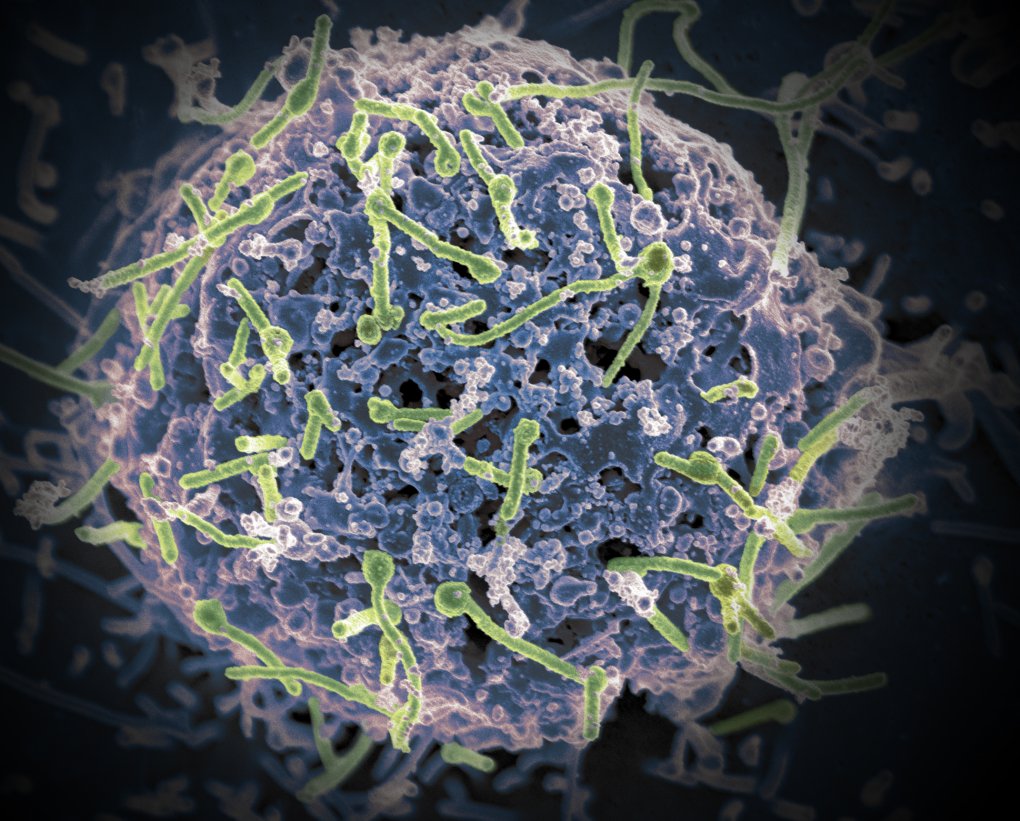Urban Upbringing Flips Genes’ Effects on Brain Activity
It might seem easy to blame your parents for the way you turned out; after all, they raised you and gave you all of your DNA. But, before throwing blame around, consider saving some for the place where you grew up. According to new IRP research, being raised in an urban environment can dramatically alter how your genes influence your brain.1










